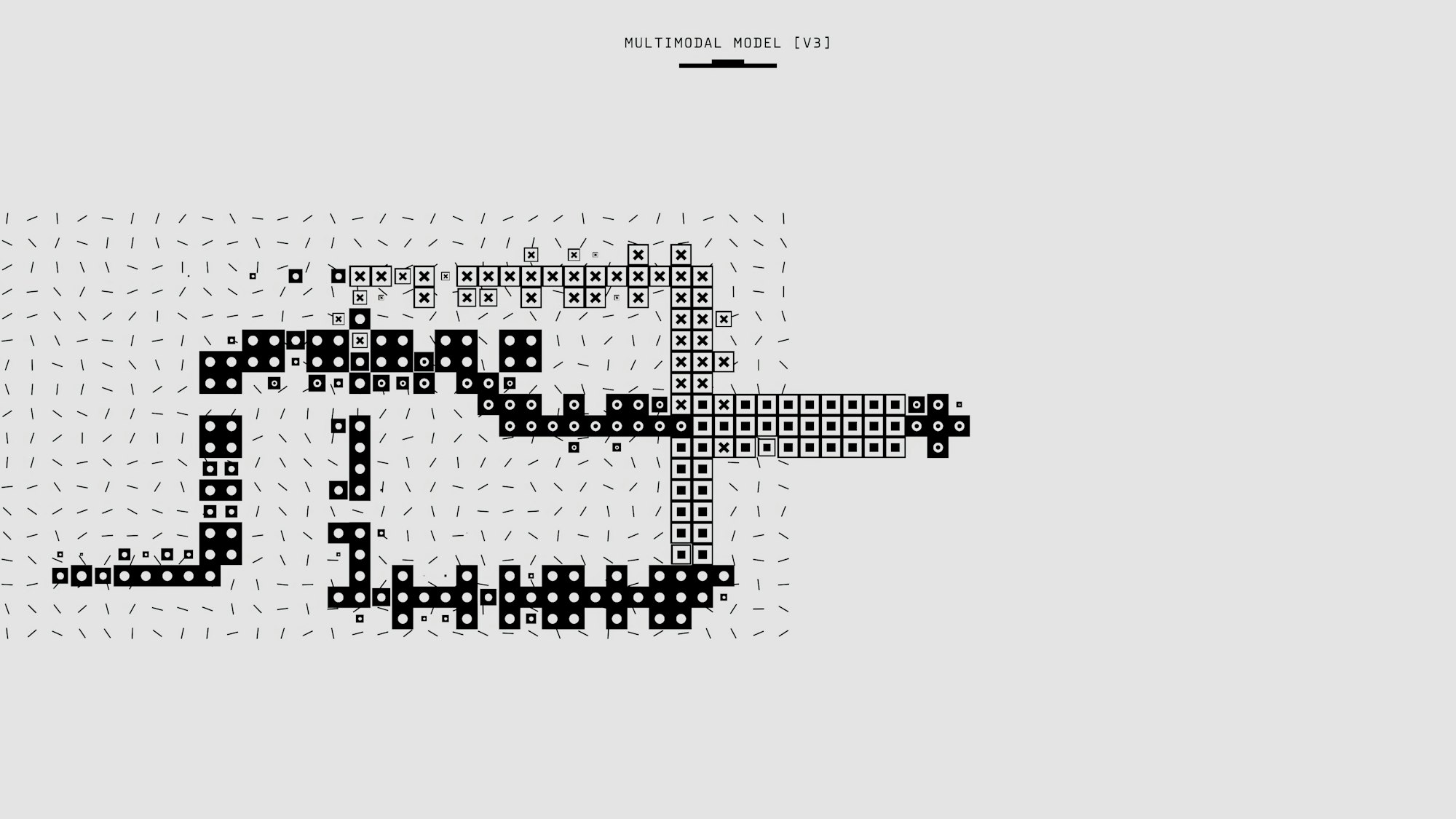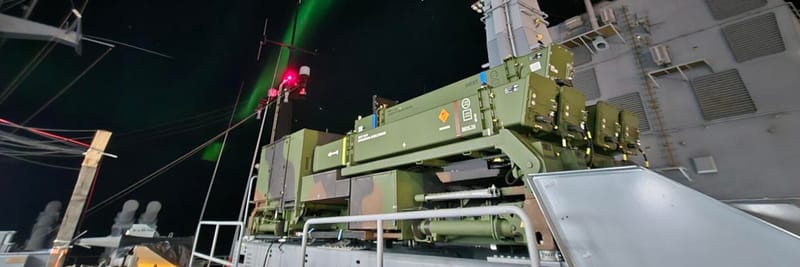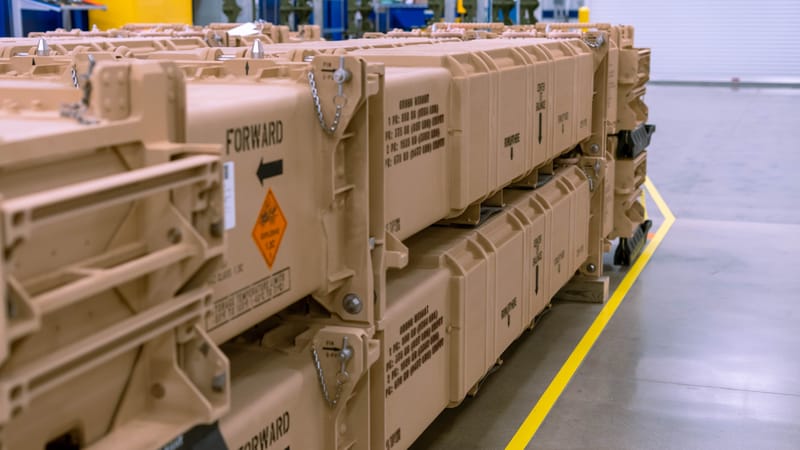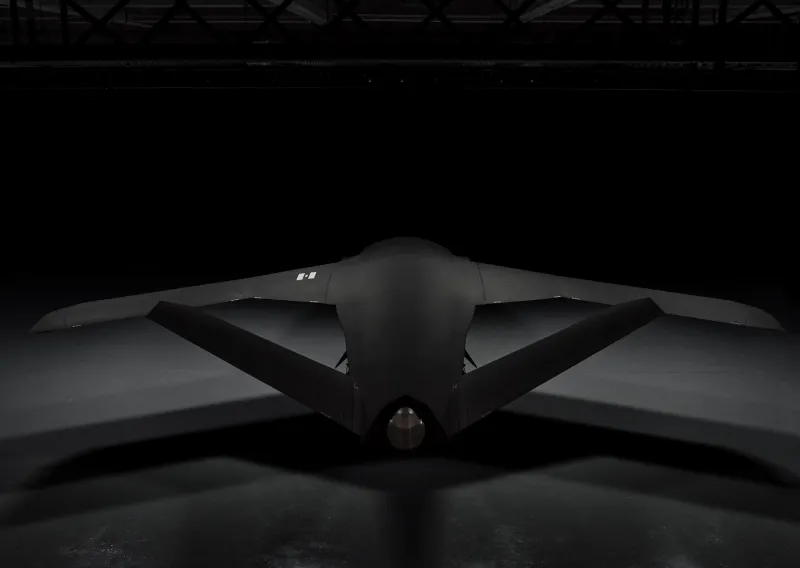Private AI Firms at the Pentagon: Palantir, Anduril, Shield AI Lead New Tech Bloc
A new bloc of AI defense firms—including Palantir, Anduril, Shield AI, and OpenAI—is reshaping Pentagon tech strategy through bold partnerships and support from the 2025 NDAA. Discover how software is overtaking legacy defense.

The battle for Pentagon dominance is no longer led by traditional weapons manufacturers — it’s being fought in the cloud, and the software firms are winning.
In a striking display of strategic alignment, AI defense companies such as Palantir, Anduril, Shield AI, OpenAI, Oracle, and Booz Allen Hamilton have announced a series of cross-partnerships. These collaborations, unprecedented in both scope and speed, aim to redefine how military technologies are developed, tested, and deployed.
At stake: who controls the brain of the modern battlefield.
Strategic Partnerships: A New Military-Industrial Complex?
These firms are not just competing — they’re coalescing into what some are calling an “AI military-industrial complex.” In contrast to the defense primes of the 20th century, these companies operate more like Silicon Valley startups: agile, product-focused, and willing to deploy first, ask questions later.
Key alliances include:
- Palantir & Anduril: Joint integration of Palantir’s Project Maven with Anduril’s Lattice AI for real-time drone coordination and ISR data fusion.
- Shield AI & Palantir: Connecting Shield AI’s autonomous aerial systems with Palantir’s Warp Speed architecture to enable autonomous mission planning.
- Anduril & Oracle: Leveraging Oracle’s government cloud for joint AI model training and field testing of autonomous vehicles and hybrid aircraft.
- Palantir & Booz Allen: Developing classified AI decision-support tools for logistics, battlefield telemetry, and procurement optimization.
Congressional Green Light: NDAA 2025 Enables AI Ascendancy
The 2025 National Defense Authorization Act (NDAA) provides legal and budgetary fuel for this shift. Key sections reveal a clear policy bias toward software-first defense innovation:
- §1532: Funds expansion of high-performance compute for AI model training.
- §236: Encourages rapid partnerships with private AI vendors.
- §1521: Orders standardization of military data formats.
- §233: Requires AI-based tools for data triage, threat detection, and logistics forecasting.
The message from Congress is unambiguous: if the Pentagon can’t build fast enough, buy faster.
The Pentagon’s Procurement Pivot
Doug Beck, head of the Defense Innovation Unit (DIU), recently stated that rigid requirements "kill innovation." Instead, he advocates for capability-based acquisition — allowing companies to develop first and pitch after.
This logic mirrors how Anduril operates: its systems are fielded before contracts are signed. This approach has drawn criticism from traditional contractors, but it’s quickly becoming the new normal.
Behind this shift is a growing realization that bureaucracy is now a greater threat than adversaries. China’s military AI deployments are rapidly scaling, and many in D.C. fear that America’s slow procurement cycle is a strategic liability.
New Centers of Power: CDAO and the Rise of Software Generals
The Pentagon’s Chief Digital and AI Office (CDAO), backed by DIU, is now the key node in U.S. AI defense integration. It recently launched an AI Rapid Capabilities Cell to expedite deployment of LLMs, generative AI, and battle-ready decision systems.
Outgoing CDAO chief Radha Plumb will hand over a portfolio that includes implementing NDAA mandates, standardizing battlefield data, and reshaping AI vetting pipelines. Her successor will inherit a historically fragmented AI ecosystem — and a mandate to unify it under operational command.
Software Eats the Defense World
Palantir recently surpassed Lockheed Martin in market cap — a symbolic and strategic milestone. CEO Alex Karp’s bold declaration — “This is the software century, and we intend to take the entire market” — is no longer hyperbole.
With rumors swirling that Palantir CTO Shyam Sankar may lead Pentagon R&D under a future administration, it’s clear that software firms are not just vendors — they are now policy influencers.
And the Pentagon? It's being forced to catch up, or be consumed.
Analysis: What This Means
- For traditional contractors: Adapt or die. Software-first modularity is displacing hardware-bound legacy systems.
- For the Pentagon: Procurement reform is no longer optional — it’s existential.
- For geopolitics: The future of deterrence may depend more on AI-enabled insight than kinetic firepower.
- For ethics and oversight: The centralization of AI capabilities in a few private hands — most of them venture-backed — poses unprecedented governance challenges.
Related: AI Defense Coverage on Großwald






